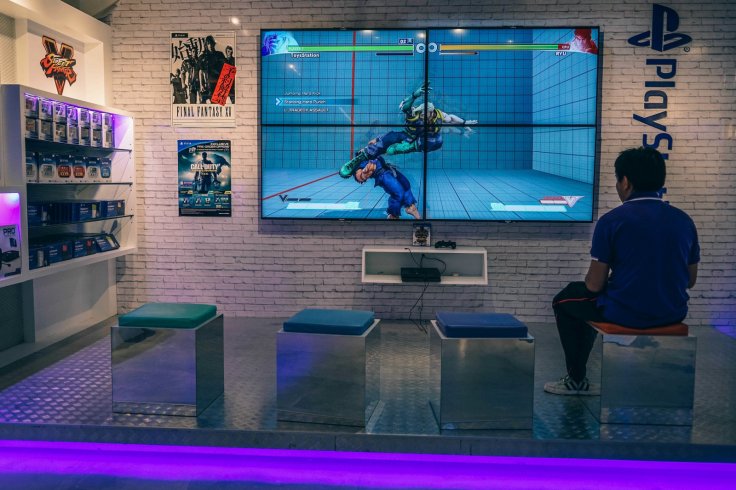Sony Corporation has published "Corporate Report 2020," which comprehensively covers both financial and non-financial information about the company, for the first time. The report, available through Sony's Investor Relations (IR) website, has talked about introducing the progress of initiatives and the implementation of strategies to realize the "Value Creation Stories", but bereft of why it failed in many fields.
In pursuit of its three-year strategy that started last year, Sony has mentioned specific measures and results from each business with examples of synergy between businesses which has eliminated some positions and made "Reinforcing Our Content Intellectual Property" one of the fundamental aspects of the current mid-range plan.

Besides technology that forms the basis of its new vision, Sony for the first time, focused on "employees" as its focus agenda to achieve the content intellectual property. Essentially, it meant increased efforts in R&D with examples of some current projects though it lacked in-depth study of employee satisfaction that is often seen lacking in many Japanese MNCs in other Asian countries.
In the report, Sony said, "Common efforts and human resources strategies across the Sony Group to realize value creation powered by diverse employees, as well as specific strategies and attitudes regarding employees held by each of Sony's unique businesses." In simple words, better treatment of employees is what Sony is stressing in view of the intellectual wealth that enhances intellectual rights of every corporate structure.
New Managerial Style?
Sony's approach to management, which has hardly merited applause in multi-cultural Asian countries like India, now talks about promoting further dialogue to enhance Sony's corporate value over the long term. Apart from the Report, Sony has also released its "Sustainability Report 2020," which provides more detailed information of Sony's sustainability and Corporate Social Responsibility (CSR) initiatives that form the basis of value creation.
Finally, Sony vowed to "fill the world with emotion, through the power of creativity and technology" and corporate direction of "getting closer to people." It sought to harness its diversity and realize the kinds of value creation that only it can deliver.
However, for observers of Japanese MNCs in India, Sony's claim to reach stardom with its dependence on mediocre managers, instead of meritorious team level employees, may remain elusive.In fact, way back in the mid-1990s, reports suggested how Indian working culture differs from the Japanese work culture.
Japanese work culture
It's always the immediate superior who decides the fate of any recruit's success or failure not on merit but on evasive training and direction, which is often distancing the Japanese multinationals including Sony in reaching out to their Indian workforce directly.
For a global patent culture to be successful in India, companies need to focus at the entry level for the meritorious talent and refine their orientation to be the same for every recruit and provide more access to the talented people to directly take part in conceptual ideas with potential to win patents. The age-old Indian HR rules which patronize hierarchy should be replaced by allowing small teams to decide who should be the lead on rotational basis, instead of imposing from above that often leads to the talent to exit Japanese companies.
To begin with, revolving structure of project leads or team leads is one such solution often supported by experts. However, whether Sony or any other Japanese company would require re-orientation first before planning mega corporate strategies with local focus on human resources as in India.









